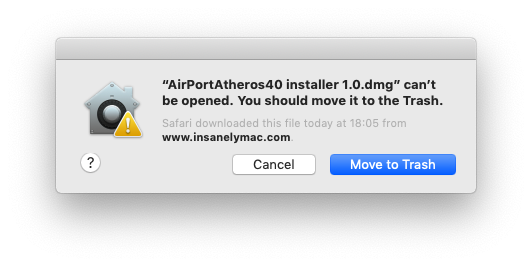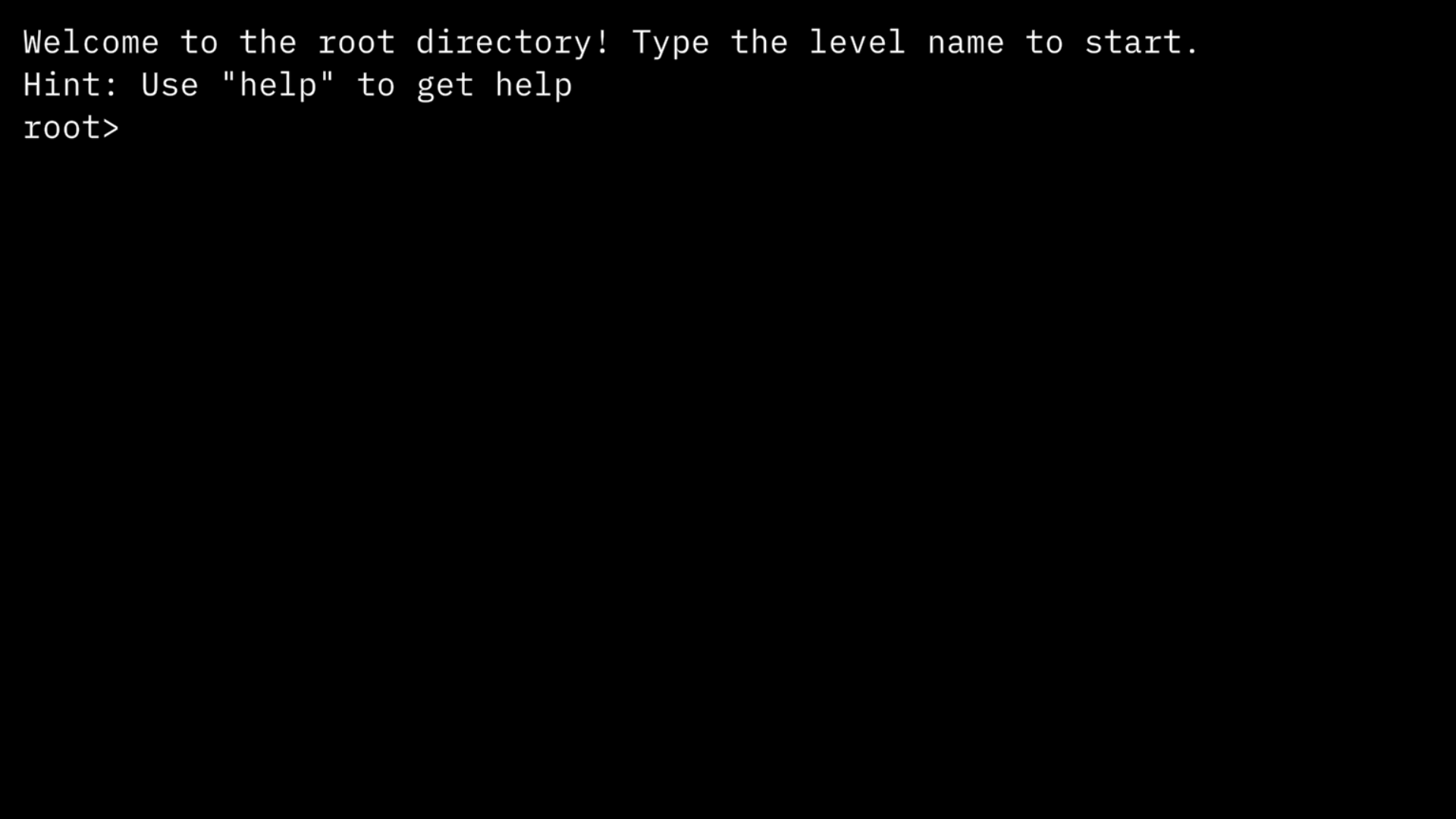Root_Directory (Asra31) Mac OS
Mac Os Catalina
- Navigate to / (e.g. Use ⌘ + ⇧ + G.) Then, in list view hold ⌥ while clicking the triangle. This will show all subdirectories of a certain folder. By default, you'll don't see hidden files/directories.
- I think this a better question than it seems because it gets at some system-level facts that are bit opaque and historical. Firstly, the reason GNU/Linux, BSD systems and some other Unix variants tend to put the root user's home directory in /root/ is to keep it out of /home/, which is often a separate mount - potentially mounted over a network.
- For Mac Terminal. # one up cd./ # two up cd # home directory cd / # root directory cd 'yaya-13' # use quotes if the file name contains punctuation or spaces Share. Improve this answer. How to move the cursor word by word in the OS X Terminal.
Writeableroot – make your Mac yours again! Since macOS Big Sur the root directory is stored on a signed system volume (SSV), which 'features a kernel mechanism that verifies the integrity of the system content at runtime, and rejects any data — code and non-code — that doesn’t have a valid cryptographic signature from Apple'.
In a computerfile system, and primarily used in the Unix and Unix-likeoperating systems, the root directory is the first or top-most directory in a hierarchy.[1] It can be likened to the trunk of a tree, as the starting point where all branches originate from. The root file system is the file system contained on the same disk partition on which the root directory is located; it is the filesystem on top of which all other file systems are mounted as the system boots up.[2]
Unix-like systems[edit]
Unix abstracts the nature of this tree hierarchy entirely and in Unix and Unix-like systems the root directory is denoted by the / (slash) sign. Though the root directory is conventionally referred to as /, the directory entry itself has no name – its path is the 'empty' part before the initial directory separator character (/). All filesystem entries, including mountedfilesystems are 'branches' of this root.[1]
Mac Os Mojave
chroot[edit]
In UNIX-like operating systems, each process has its own idea of what the root directory is. For most processes this is the same as the system's actual root directory, but it can be changed by calling the chrootsystem call. This is typically done to create a secluded environment to run software that requires legacy libraries and sometimes to simplify software installation and debugging. Chroot is not meant to be used for enhanced security as the processes inside can break out.[3] FreeBSD offers a stronger jail() system call that enables operating-system-level virtualization and also serves security purposes to restrict which files a process may access to just a subset of the file system hierarchy.
Super-root[edit]

Some Unix systems support a directory below the root directory. Normally, '/..' points back to the same inode as '/', however, under MUNIX [de], this can be changed to point to a super-root directory, where remote trees can be mounted.[4][5] If, for example, two workstations 'pcs2a' and 'pcs2b' were connected via 'connectnodes' and 'uunite' startup script, '/../pcs2b' could be used to access the root directory of 'pcs2b' from 'pcs2a'.
MSDOS, Windows, etc.[edit]
Under DOS, OS/2, and Microsoft Windows, each partition has a drive letter assignment (labeled C: for a particular partition C) and there is no common root directory above that. DOS, OS/2, and Windows do support more abstract hierarchies, with partitions mountable within a directory of another drive, though this is rarely seen. This has been possible in DOS through the command JOIN since it first was added to DOS, and can be achieved in all Windows versions as well. In some contexts, it is also possible to refer to a root directory containing all mounted drives, although it cannot contain files directly as it does not exist on any file system. For instance, when linking to a local file using the 'file:' URI scheme, the syntax is of the form 'file:///C:/...', where 'file://' is the standard prefix, and the third '/' represents the root of the local system.
Related uses[edit]
Root_directory (asra31) Mac Os Download
On many Unixes, there is also a directory named /root (pronounced 'slash root').[6] This is the home directory of the 'root' superuser. On many Macintosh, and iOS systems this superuser home directory is /var/root.[6]
In the VMS operating system, the term 'root directory' is used to refer to the directory in which all the user's files are stored, which is what Unix calls the 'home directory'. The equivalent of a MS-DOS per-disk 'root directory' in VMS is referred to as a 'Master File Directory' and is specified as [000000].
See also[edit]
- Filesystem Hierarchy Standard (FHS)
References[edit]

- ^ ab'Root Directory Definition'. techterms.com. Retrieved 2020-03-14.
- ^'Root filesystem definition by The Linux Information Project'. www.linfo.org. Retrieved 2020-03-14.
- ^'What chroot() is really for'. Lwn.net. Retrieved 2014-02-12.
- ^Brownbridge, David R.; Marshall, Lindsay F.; Randell, Brian (1982). 'The Newcastle Connection'(PDF). Software – Practice and Experience. 12: 1147–1162. doi:10.1002/spe.4380121206. Archived from the original(PDF) on 2016-08-16. Retrieved 2016-08-16.
- ^Callaghan, Brent (2000). NFS Illustrated. Addison Wesley. ISBN0-201-32570-5.
- ^ abroot Definition. The Linux Information Project.